7 plants that repel roaches for a bug-free home
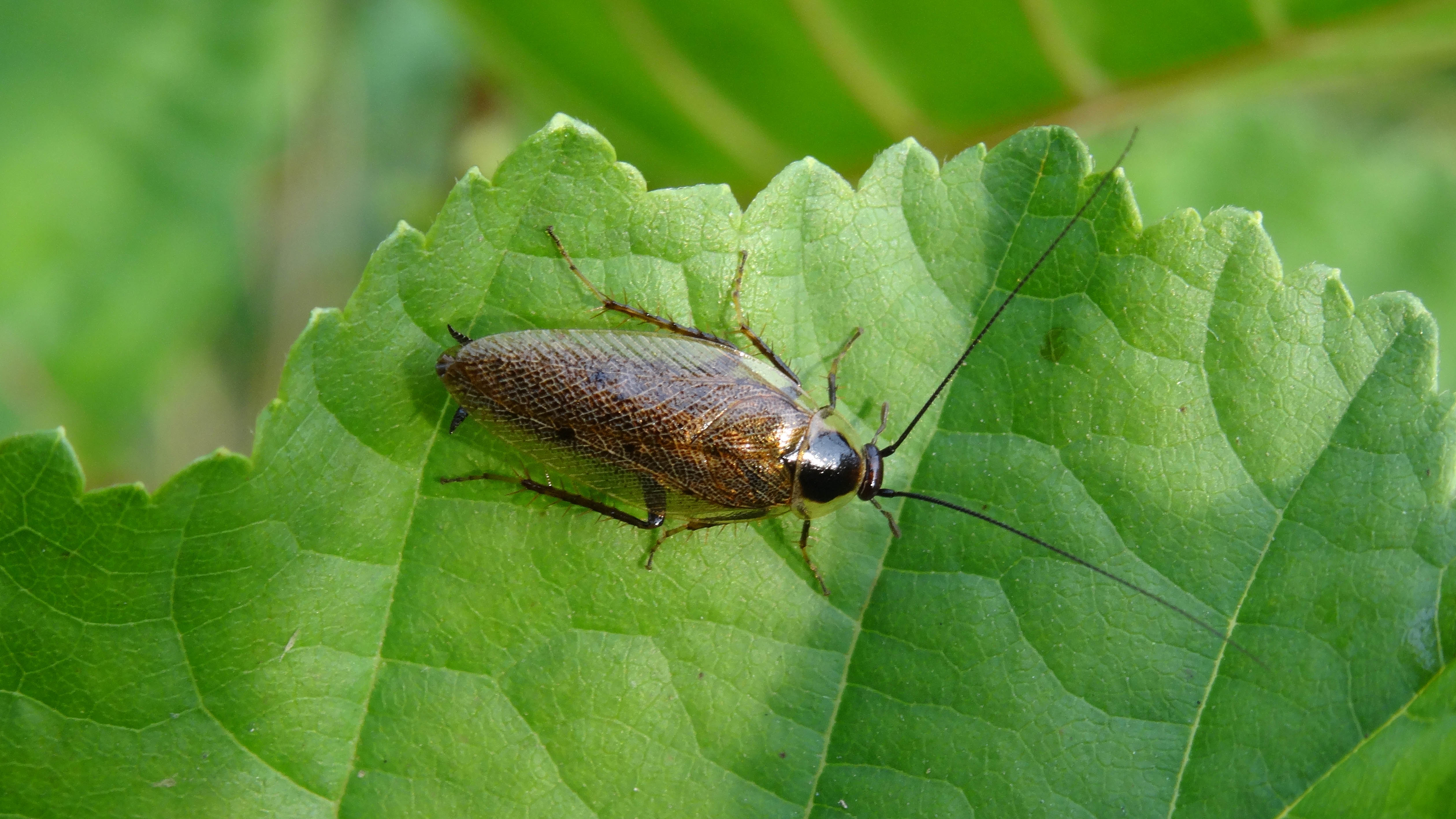
There’s nothing worse than flicking the lights on at home and spotting a rogue cockroach scurrying away. Roaches are a difficult pest to deal with at the best of times; they’re fast, hardy and arguably clever. But, you can’t ignore their presence. These bugs are unhygienic to have in the home — they carry and spread disease, plus they multiply quickly given the right environment.
Looking up how to get rid of roaches can deal with an immediate problem, but should you want to stop the insects from returning, there are further steps you can take. One thing you can do is introduce plants to your home which roaches plainly don’t like. In fact, there are several such plants which can help deter roaches and keep them at bay. If you’re keen to learn all about it, we’ve listed them here.
Want to know why roaches keep coming back? Here's 7 things that attract roaches to your home — and how to fix it. Plus, here's 7 best pest-resistant plants for a bug free yard and how to banish cockroaches with this $2 ingredient.
1. Rosemary
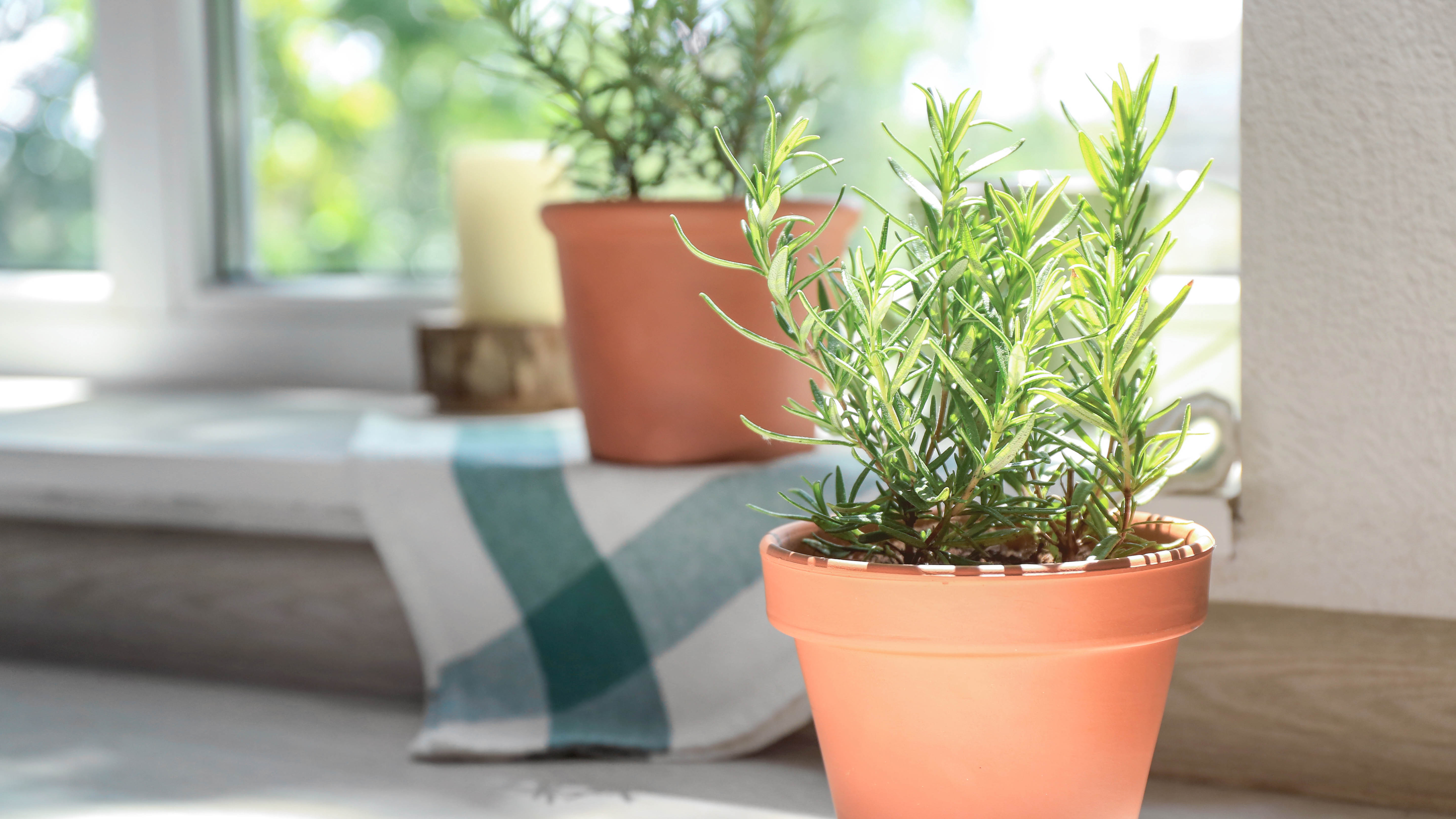
The first plant to make our list is rosemary. This aromatic herb is well-known for being a delicious addition to meals, adding fragrance and flavor to all kinds of dishes. But, rosemary can actually do much more than this. The oil found in the leaves has been known to relieve stress and pain. Its fresh and woody aroma can be found all around the home too, often used to add fragrance to potpourri, soaps and perfume.
While we’ve found all of these benefits in rosemary, there’s one more to add to the list — cockroaches can’t stand it. Its mere presence repels these insects amongst all kinds of pests, including mosquitoes and ants. So it’s handy to have it growing in spaces you want to keep roaches at bay. Roaches will stay away because the oil its leaves contain is highly toxic to this pest.
Rosemary prefers sunny and warm conditions (50°F plus), so a windowsill could be a good spot for this plant. It needs fast-draining soil which should be kept on the dry-side, but regular water will still be required. You can grow this plant outdoors if conditions wont work inside, then you can bring cuttings inside for the same roach-repelling effect. It’s non-toxic to cats and dogs as well, which is a bonus.
2. Bay leaf
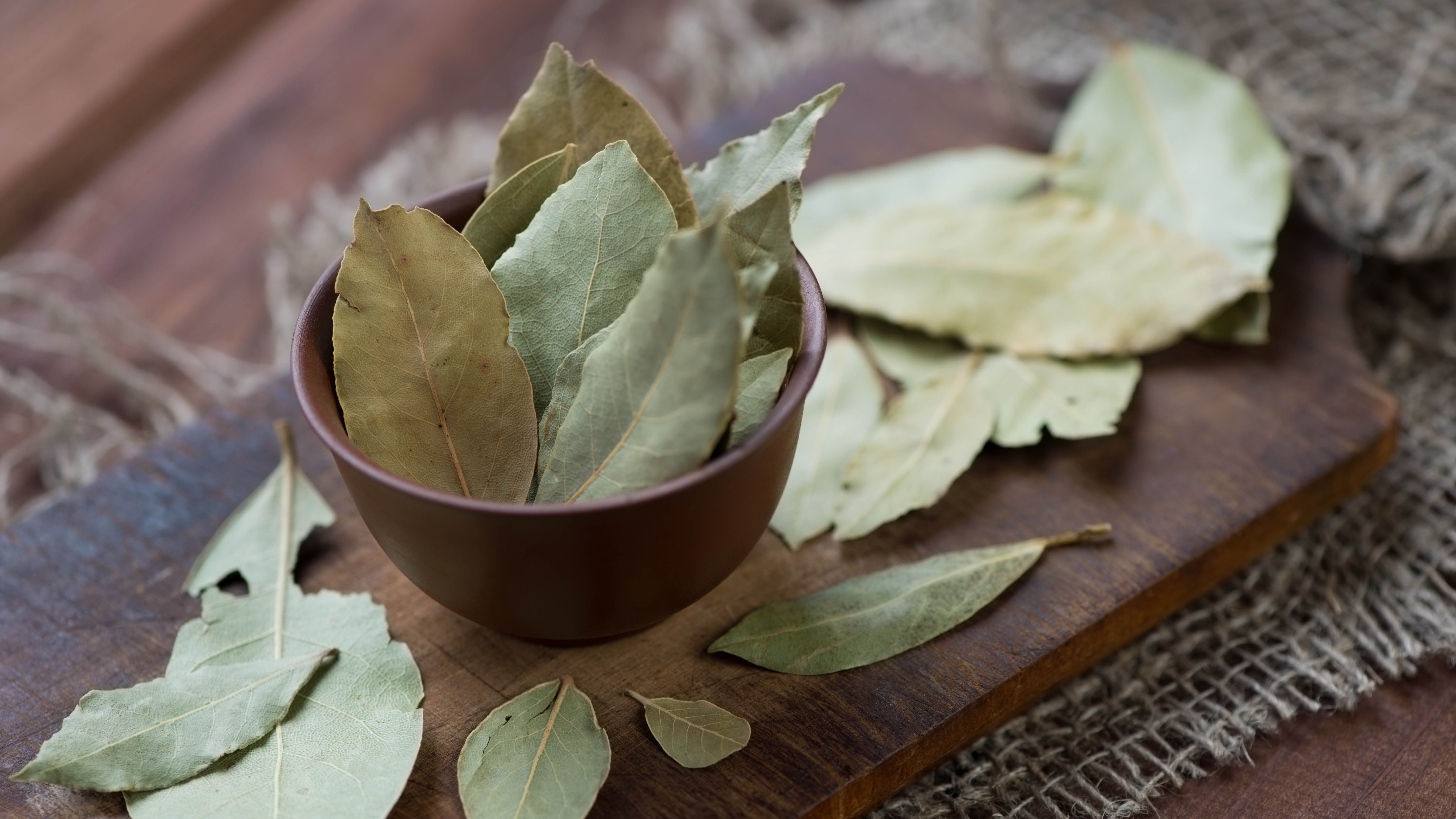
As a popular kitchen spice, bay leaves are used to add a minty, menthol flavor to meals. The leaves are plucked from the plant and dried to complement soups as well as meat dishes. Add to that, it can be brewed into a herbal tea to alleviate an upset stomach with one of the best electric kettles. While this simple and yet decorative plant is a favorite of ours, roaches aren’t a fan. The intense herbal aroma which we love overwhelms roaches and will have them scurrying for the hills.
Get instant access to breaking news, the hottest reviews, great deals and helpful tips.
By growing and maintaining a bay leaf tree, you’ve got an ongoing supply of the leaves which you can use around the home to repel roaches. It can be grown indoors or outside, thriving best in sunny conditions with partial shade and moist, yet well-drained soil. Just remember to prune it in the spring with a pair of the best pruning shears. Also, keep in mind that this plant is toxic to cats and dogs, so steer clear if you’ve got pets.
3. Mint

When you think about it, mint is something we use everyday. We associate it with items which encourage freshness, such as toothpaste, gum and breath mints. It makes for a delicious addition to our meals as well, garnishing all kinds of dishes and acting as a predominant flavor in its own right. Mint chocolate chip ice cream is a popular option, for instance. Roaches don’t share our love for this minty-fresh herb though. The concentrated scent is overly pungent to roaches — as a strong-smelling mint, peppermint is particularly effective. In fact, mint is so strong that it can repel all kinds of pests, including mice and rats.
Mint is pretty easy to grow, both indoors and outside. In fact, it’s so quick to grow that it may be best to keep it in a container, otherwise it can get invasive — though it didn’t quite make our list of 7 invasive plants to keep out of your yard. It grows well whether placed in full sun or partial shade. The soil should be well-drained with regular access to water. Once your mint is happy, you’ve got a steady supply of leaves which you can use around the home.
If you’re not a fan of the plant, you can also buy peppermint oil separately and apply it around your home once diluted with water in a spray bottle (5 drops per ounce of water). It’s widely available, an example being Brooklyn Botany Peppermint Essential Oil ($11.99, Amazon). Peppermint oil is toxic to roaches, so it's a natural method of dealing with these pests. Mint is toxic to cats and dogs though, so avoid this plant if you have pets.
4. Lavender
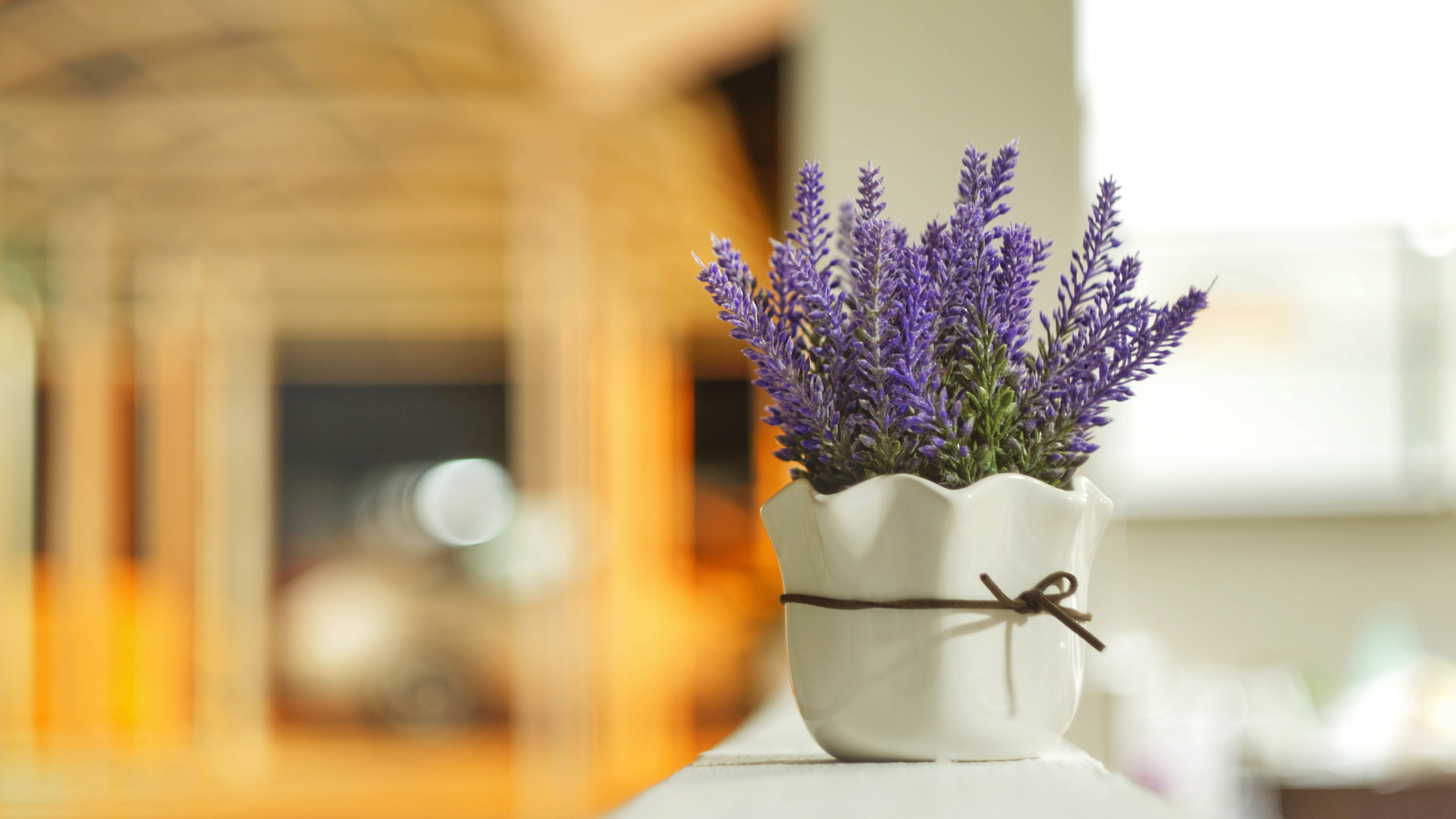
Lavender is another popular fragrance which you may already be using around your home. This pretty and aromatic plant features a mild scent with sweet and floral tones. It is regularly used in cleaning products, such as soaps and detergents. Plus it's often used to fragrance stagnant spaces, such as drawers and closets. The oil derived from the flowers has its uses too — it is known for its relaxing-properties, often applied to the skin or atmosphere during yoga.
While lavender is a more delicate fragrance compared to others on our list, roaches still can’t stand it. A couple of well-placed bunches around the home will repel them actively. And the good news is that lavender is fairly easy to grow. It’s a hardy plant, lasting well once established. It prefers full sun, with warm and dry conditions — the soil needs to be well-drained because of this. Lavender oil can be diluted and actively sprayed around the home to increase the effect as well. It’s widely available, such as the Majestic Pure Lavender Essential Oil ($16.95, Amazon). It’s another toxic plant for cats and dogs though, so skip this plant if you have pets.
5. Catnip
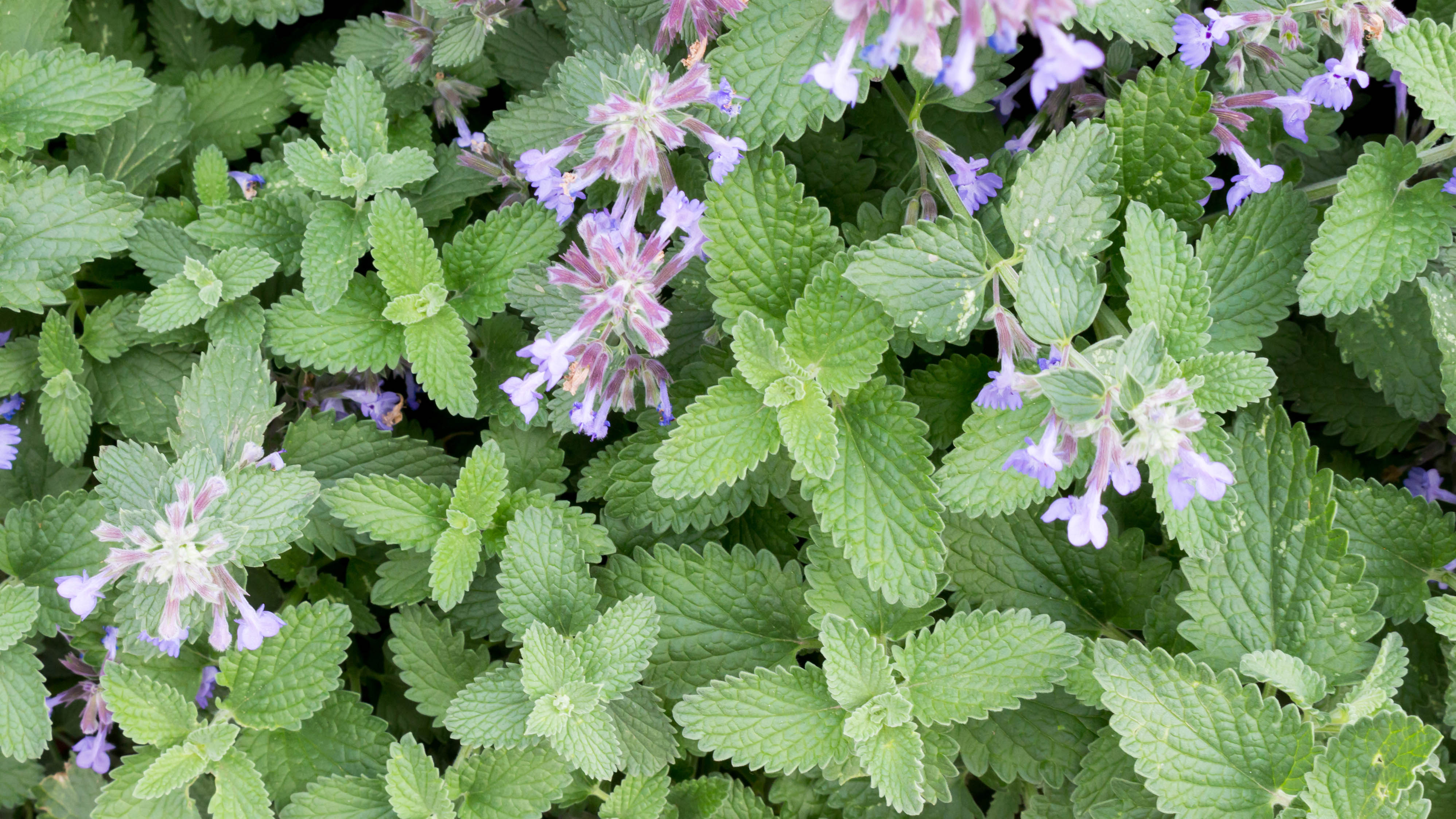
We often associate catnip with silly behavior from our feline friends. Catnip is known to attract cats and cause unusual behavior on contact, either by smelling or ingesting it. But, while cats may flock to this plant, roaches will keep a distance. This is because it contains nepetalactone; a chemical which will actively repel roaches. In fact, catnip is useful in more ways than one, because it will also deter flies and mosquitoes.
Catnip is another easy-to-grow plant. It prefers at least 6 hours of full sun a day, although take care not to scorch it in hot climates. Well-drained soil is best with regular water. As a member of the mint family, it’s fast-growing though, and can quickly become invasive, so keep it in a container and prune regularly. Despite the attraction, catnip is technically toxic to cats, so keep this plant away from your feline friends.
6. Lemongrass
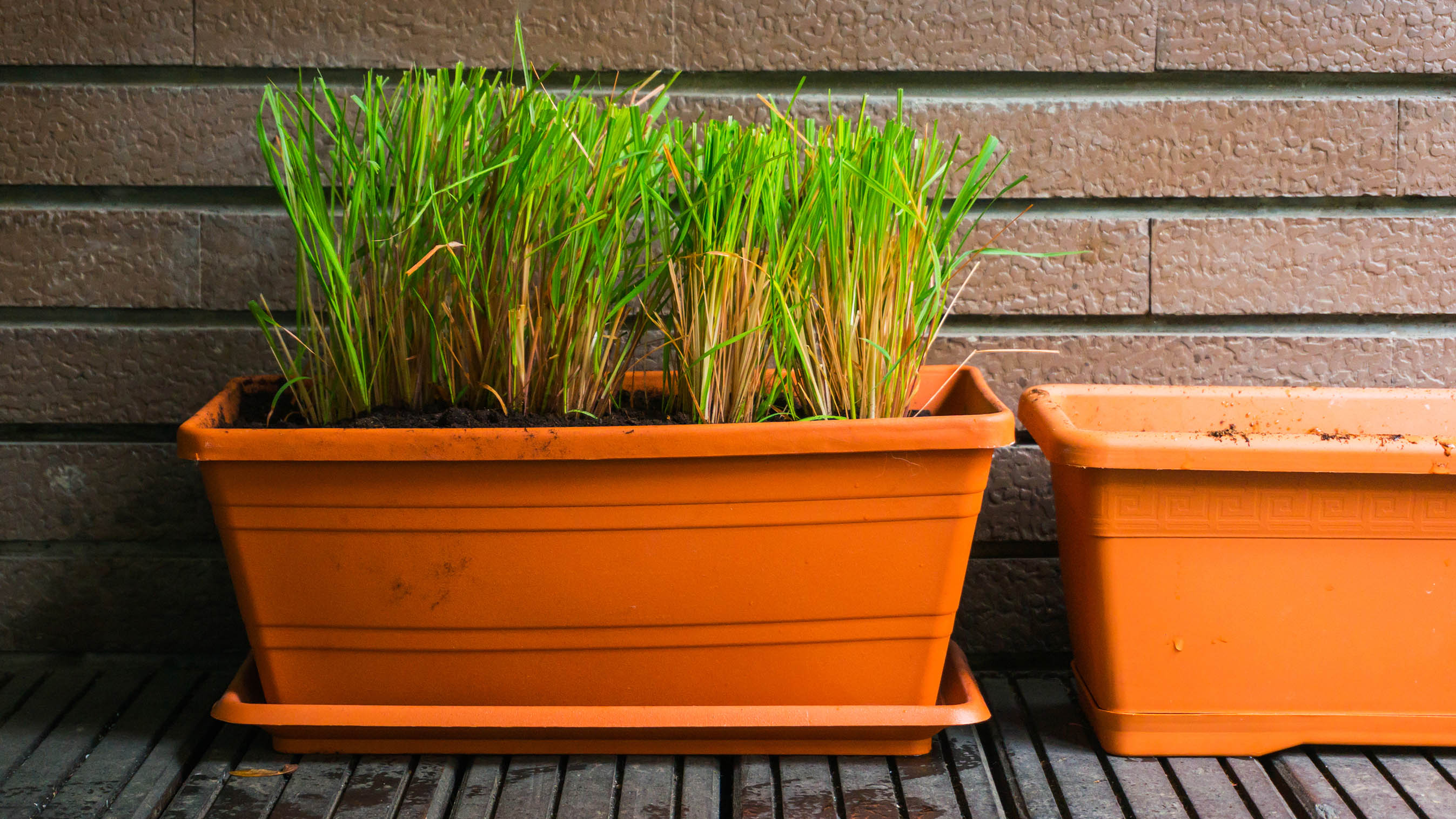
The final plant to make our list is lemongrass. Renowned for its medicinal benefits, lemongrass can be used to treat stress and anxiety as well as digestive issues and high blood pressure. The flavor itself can be a pleasant addition to soups and salads as well, or you can brew it into a tea. The powerful citrus scent emitted by the citronella oil contained within the leaves has other uses too. For one, roaches are not a fan — the overwhelming scent can also repel flies and mosquitoes, as well as mice and even snakes.
If you’d like to grow lemongrass indoors or outside, it can make for a rewarding plant. It enjoys a hot climate, with temperatures maintained above 40°F. Full sun and well-drained soil will help it thrive. Just keep in mind that it may prove unsuitable for the outdoors during the winter months, in which case you may need to bring it inside. It’s also toxic to cats and dogs, so keep pets away.
7. Chrysanthemums
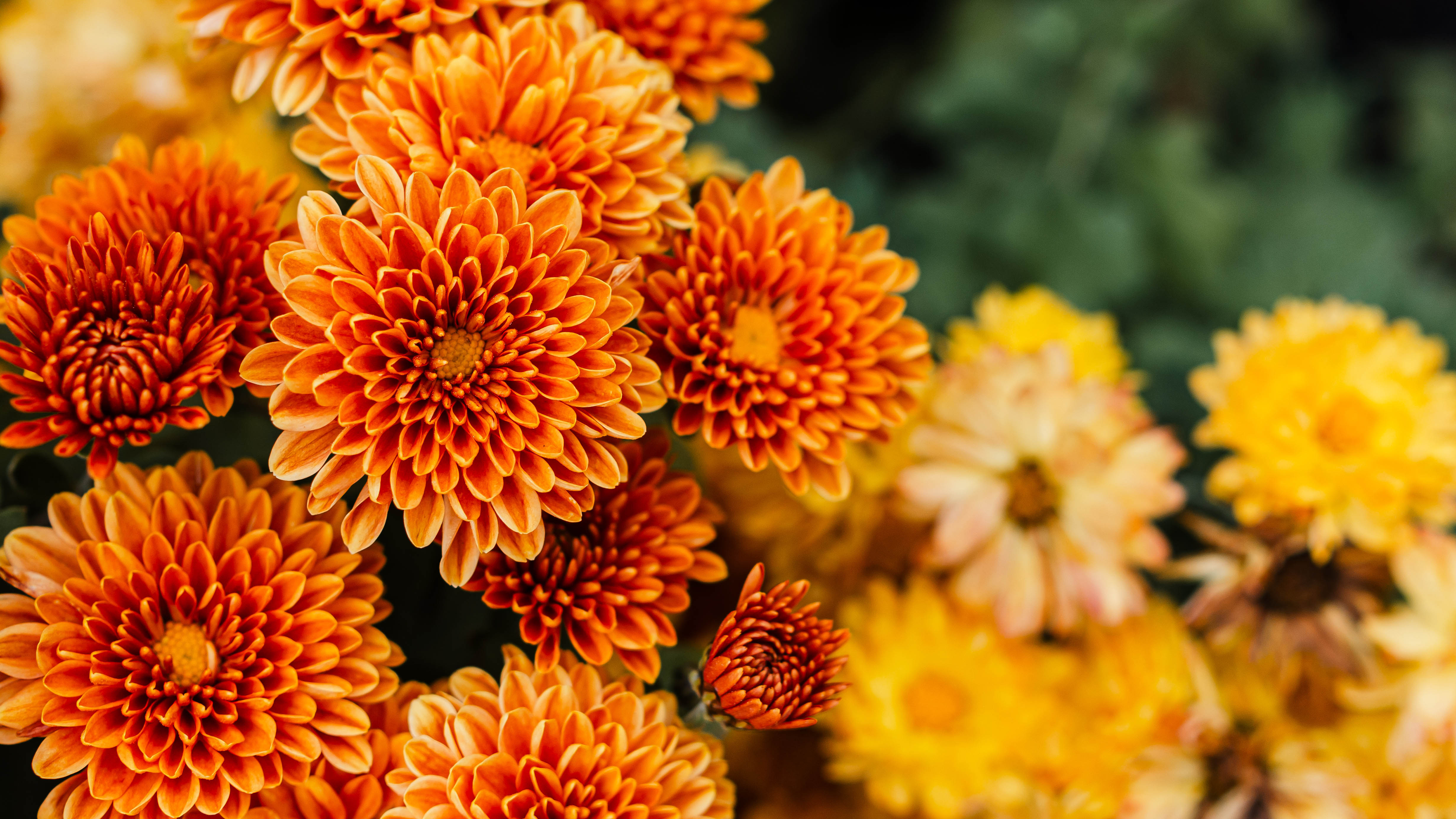
Chrysanthemums are often found in bouquets, but they’re a popular potted plant too, suitable for growing outdoors and inside. They can add vibrancy and character to your yard, with colors ranging from yellow to orange to purple. And while these flowers are a great addition for decoration in general, they’re useful for keeping roaches away too. This is because some contain pyrethrins, six chemicals which are commonly used in insecticides to repel all kinds of bugs, from ants to mosquitoes. Man-made chemicals, known as pyrethroids have also been developed off the back of this. These feature a similar structure to pyrethrins, but it’s more effective and longer lasting on insects.
Chrysanthemums adore the sun, preferring at least 6 hours of it a day. They require regular water because of this, as well as well-draining soil. They’re not a huge fan of excessive humidity though, so make sure there’s adequate ventilation. Remember to deadhead when necessary. These plants are easy to grow, which makes them a good option for beginners. Although, they’re toxic when it comes to cats and dogs, so stick to alternatives if you've got pets running around.
More from Tom's Guide

Katie Mortram used to be a Homes Editor for Tom's Guide, where she oversaw everything from kitchen appliances to gardening tools, as well as smart home tech. Specializing in providing expert advice for cleaning and home manintenance, she now works as Household Advice Editor for Good Housekeeping.
